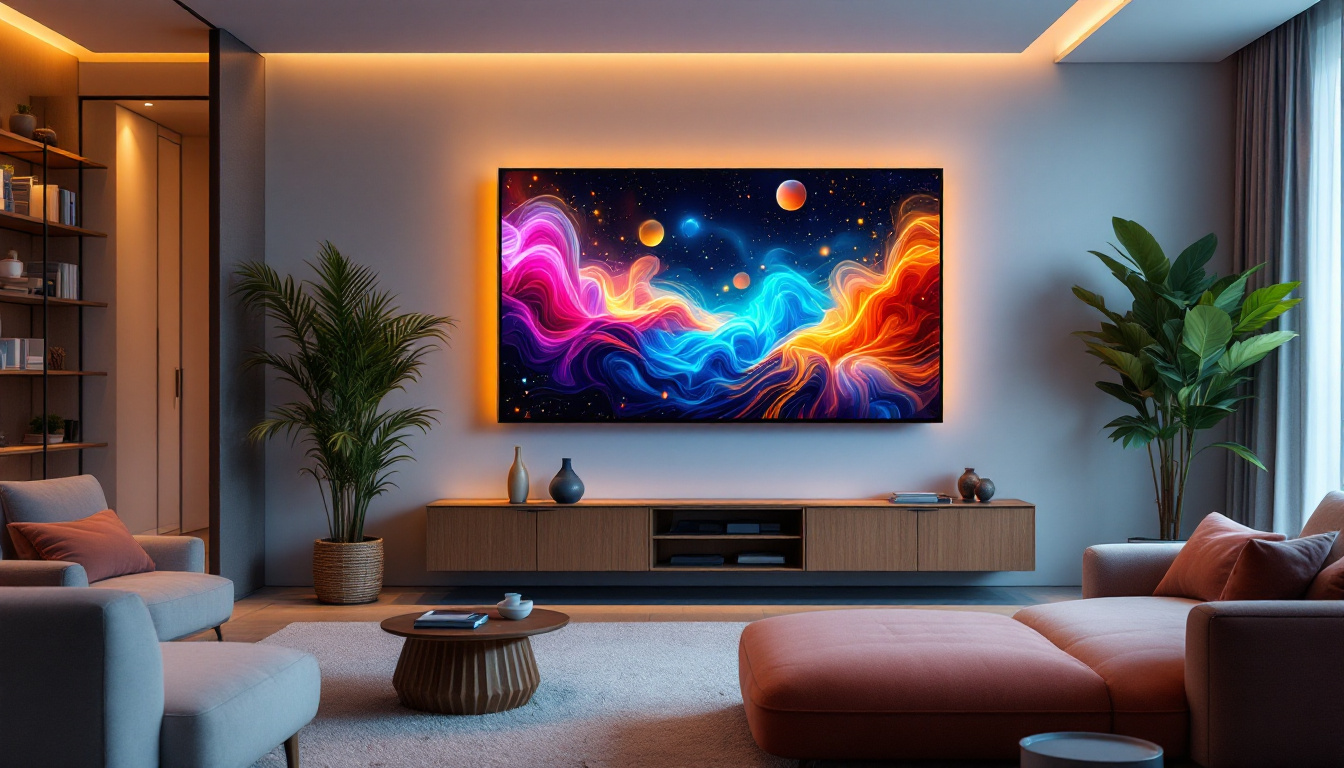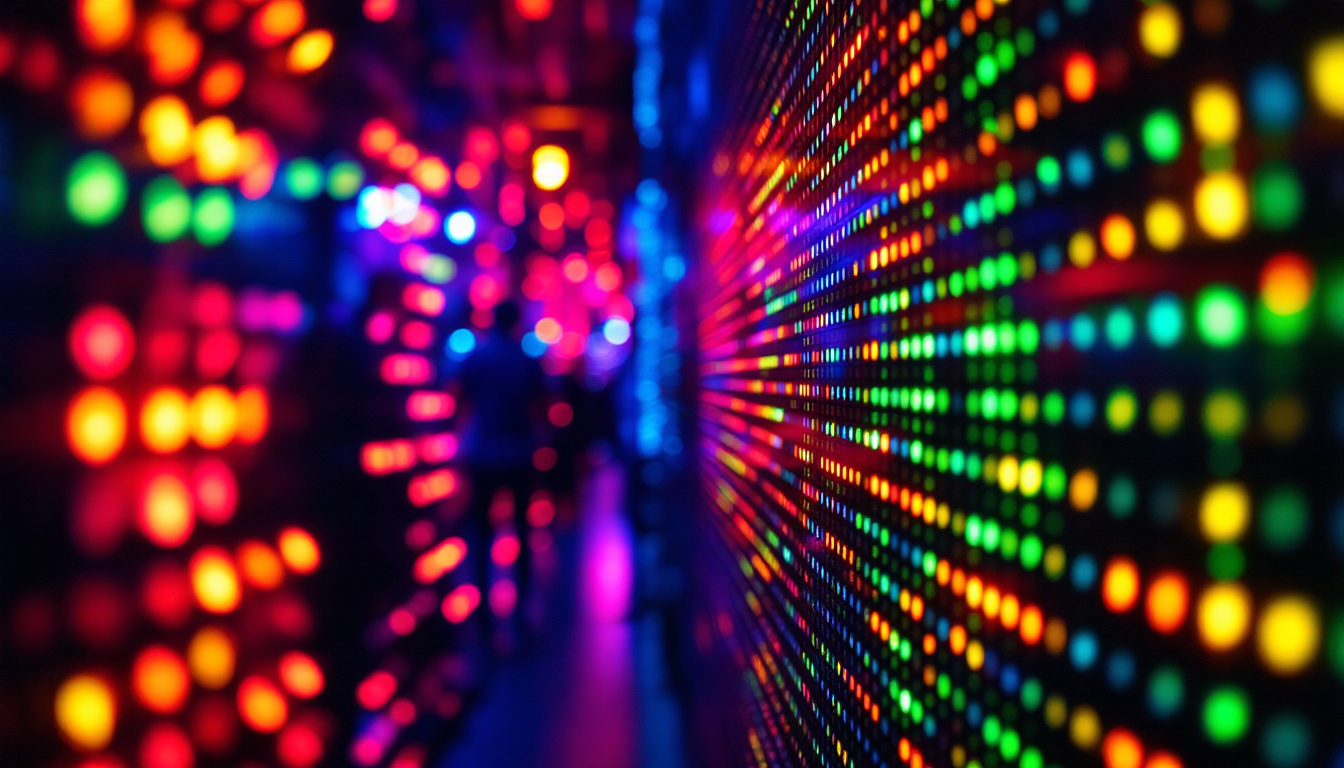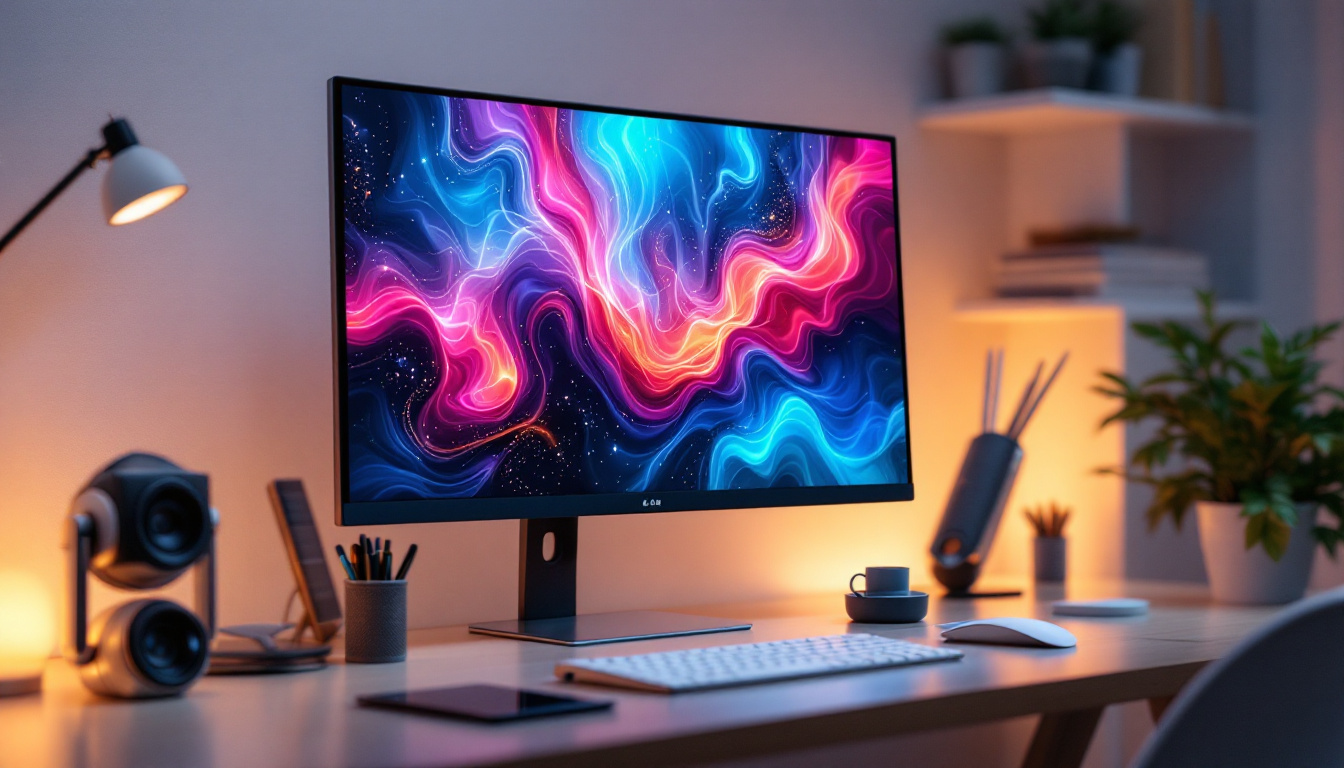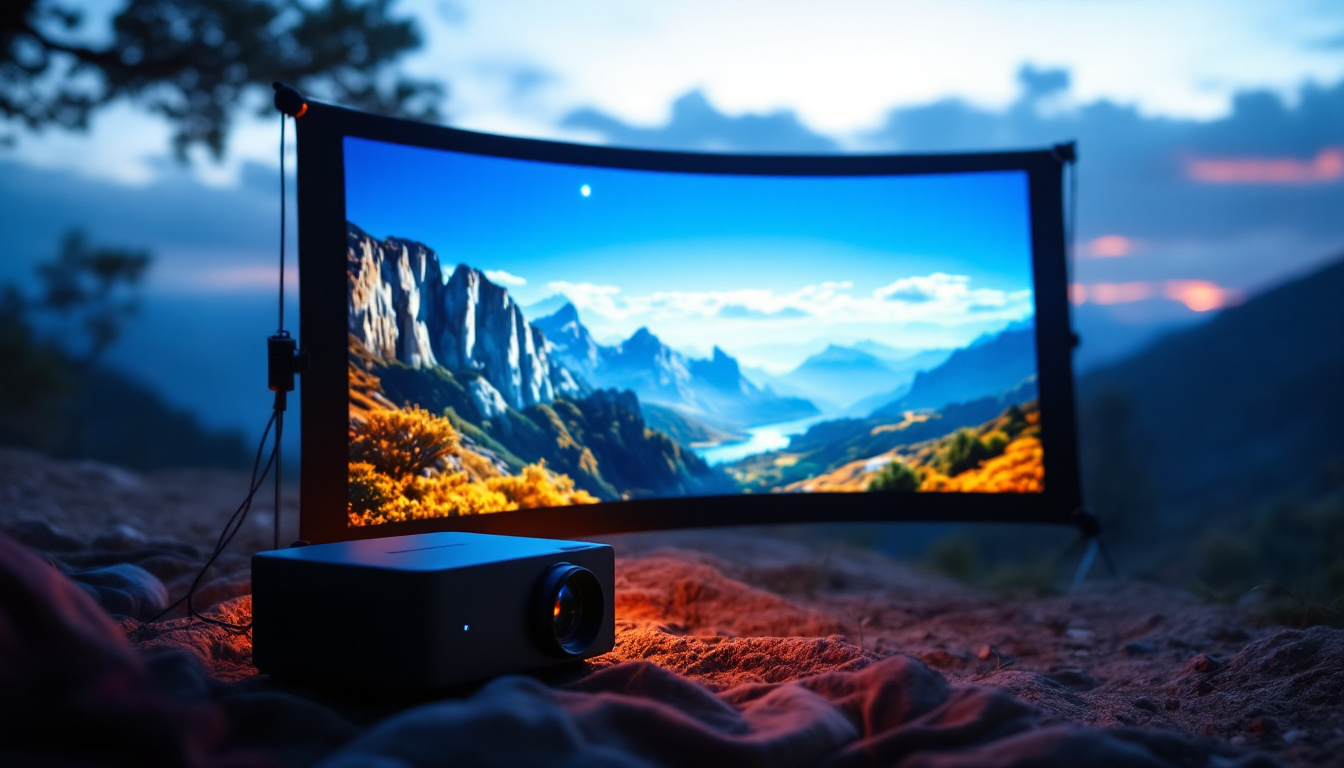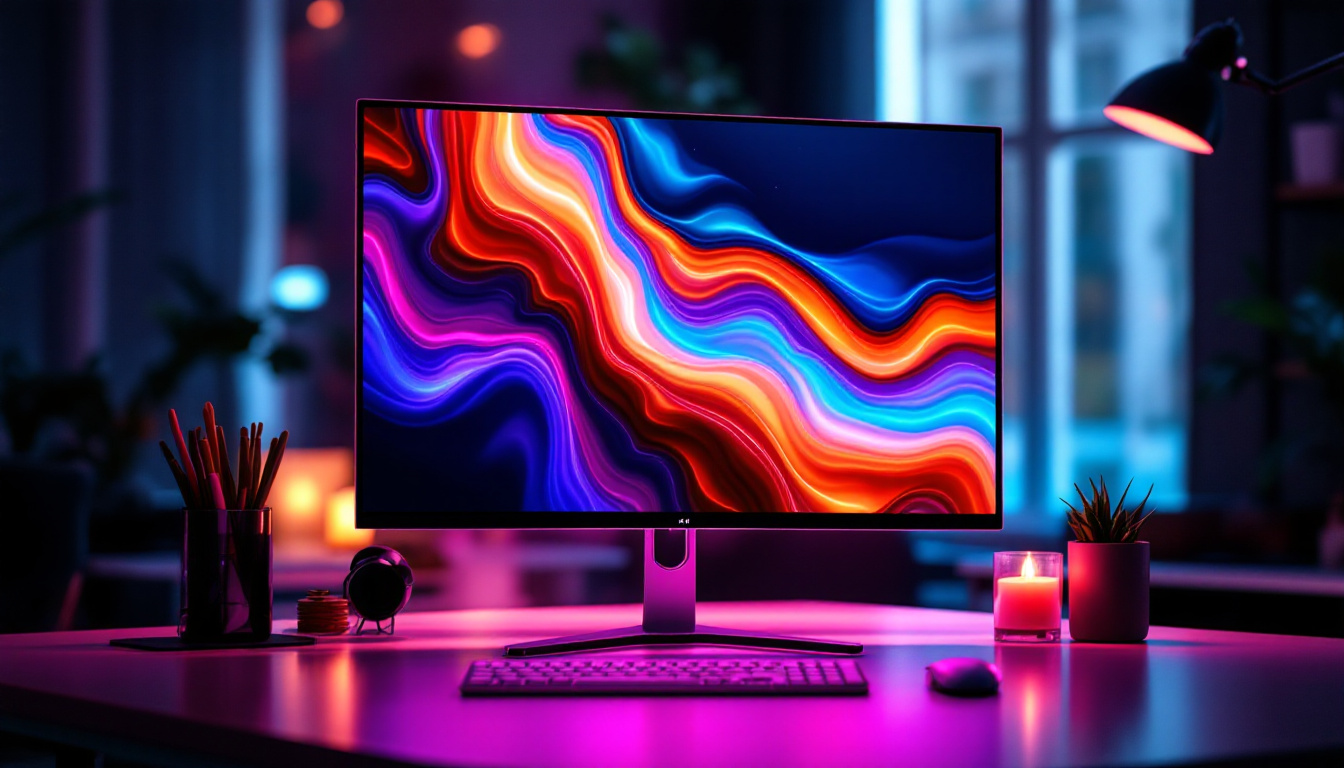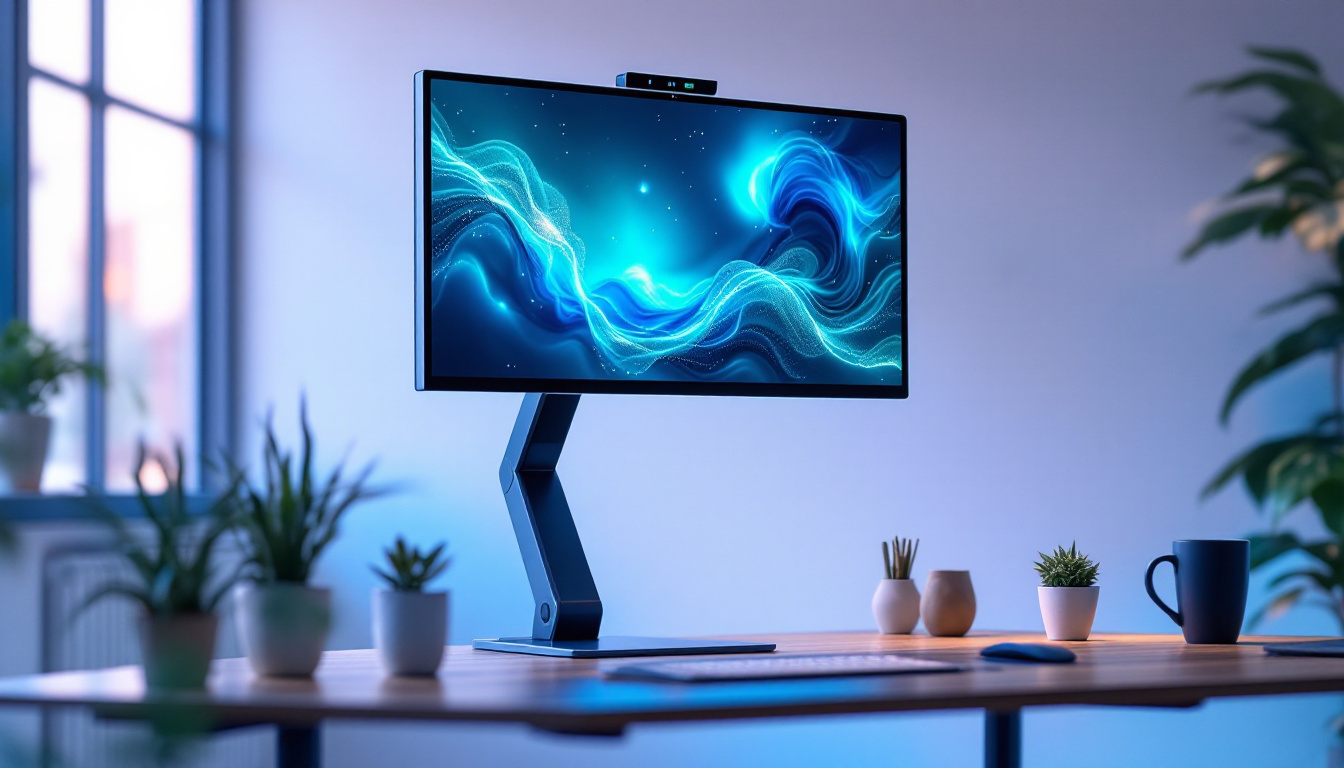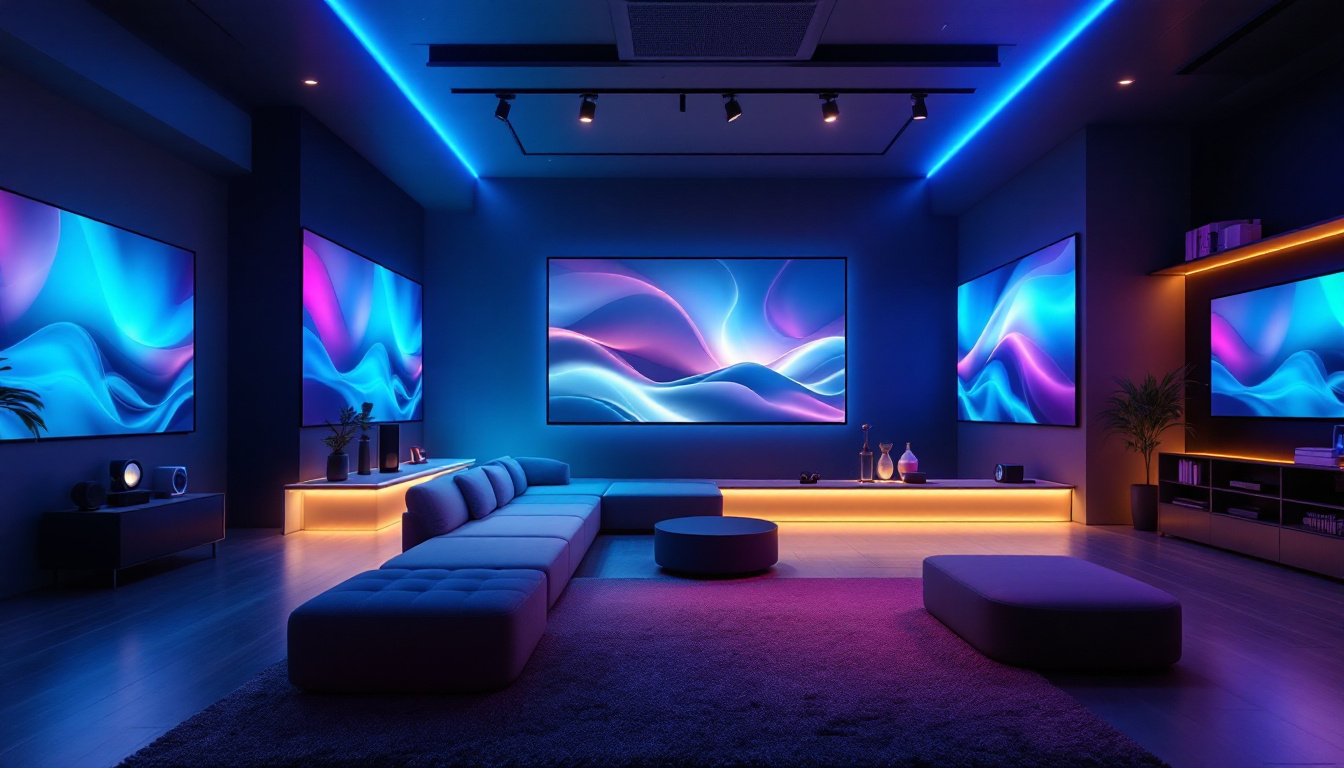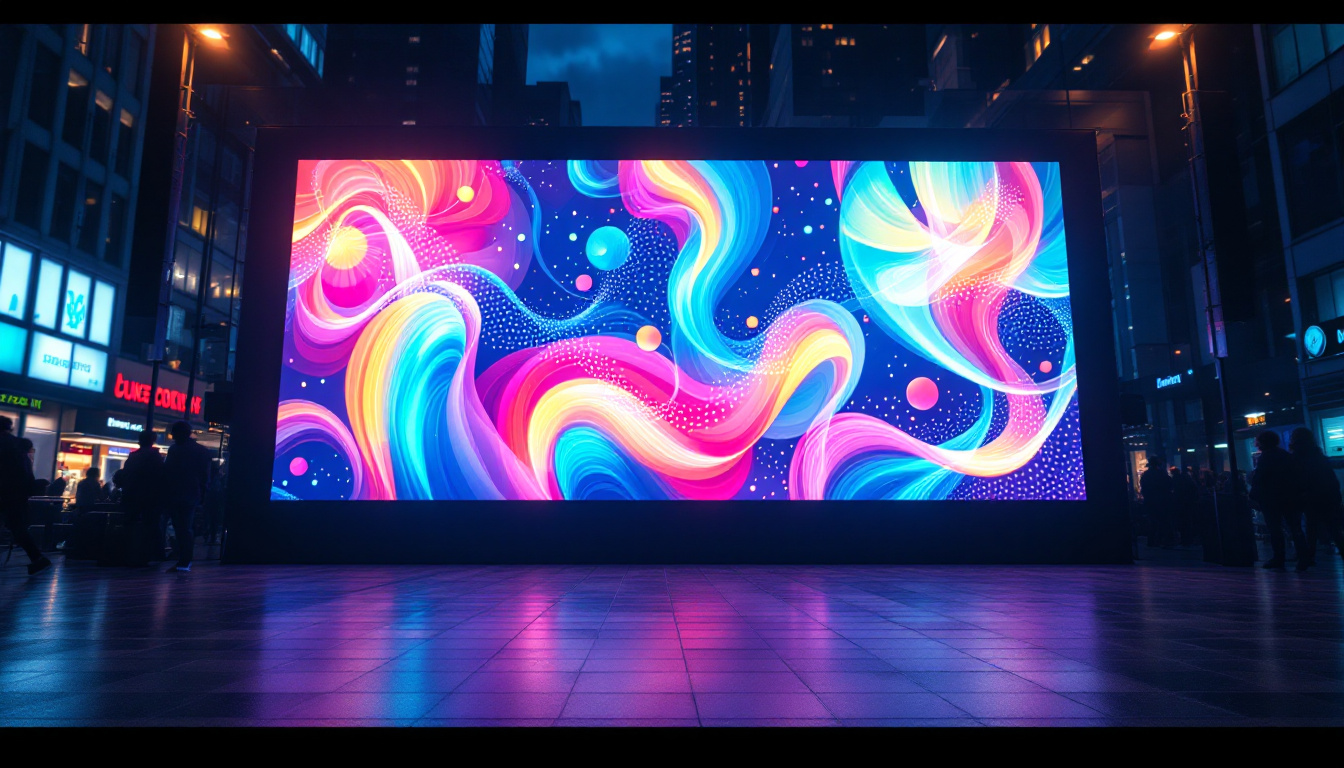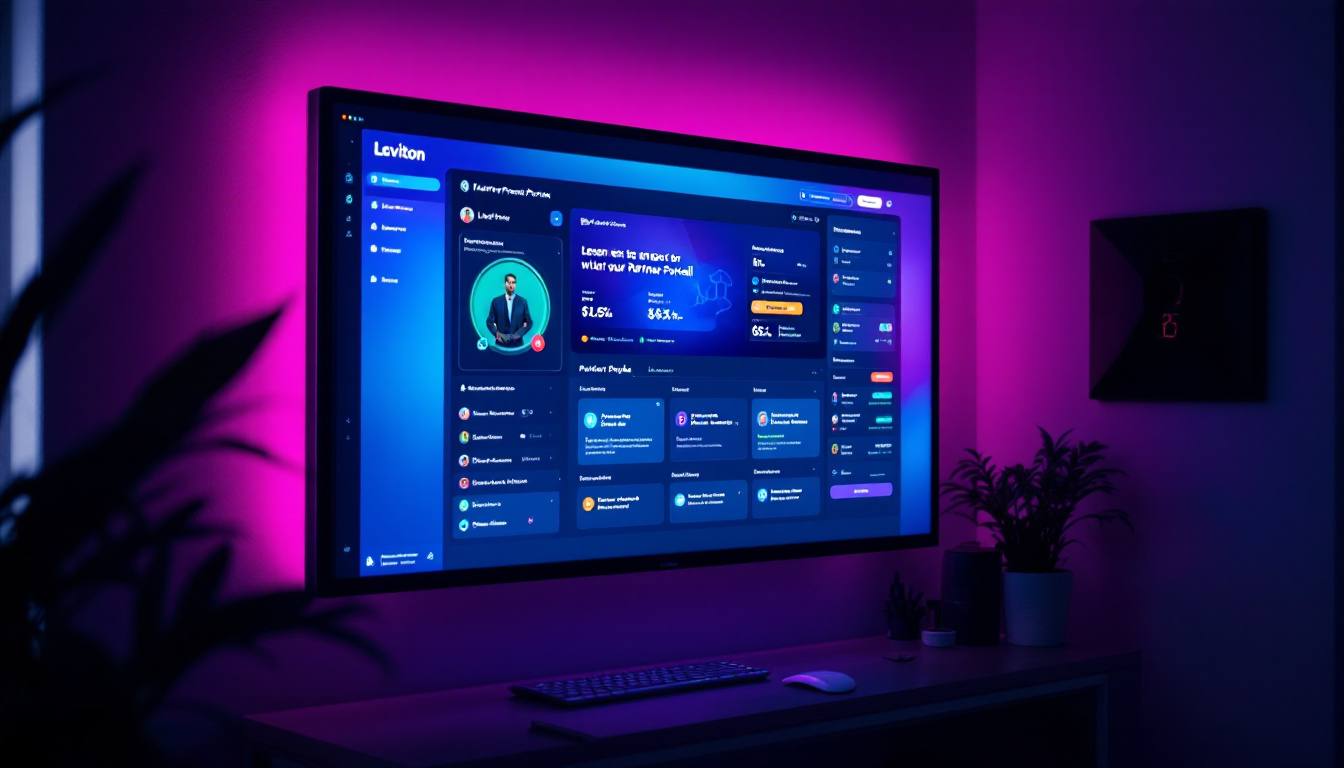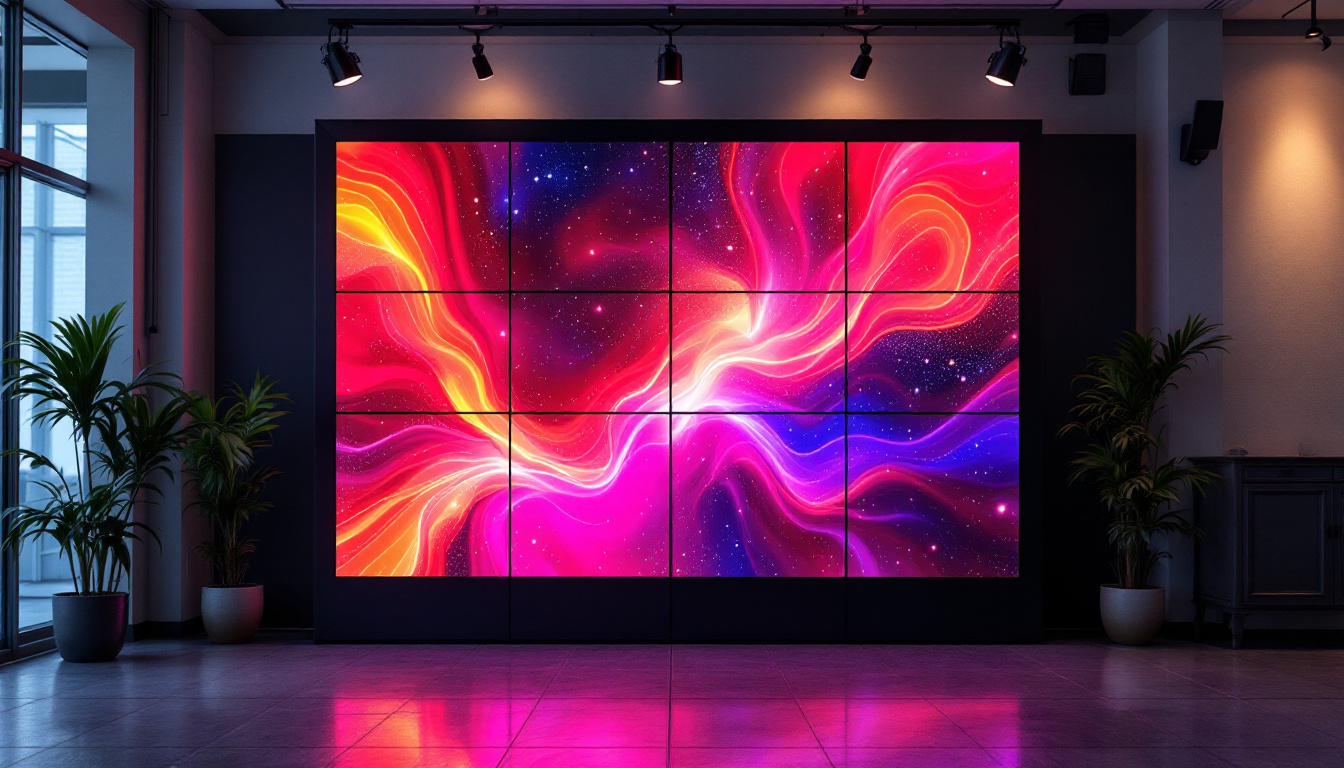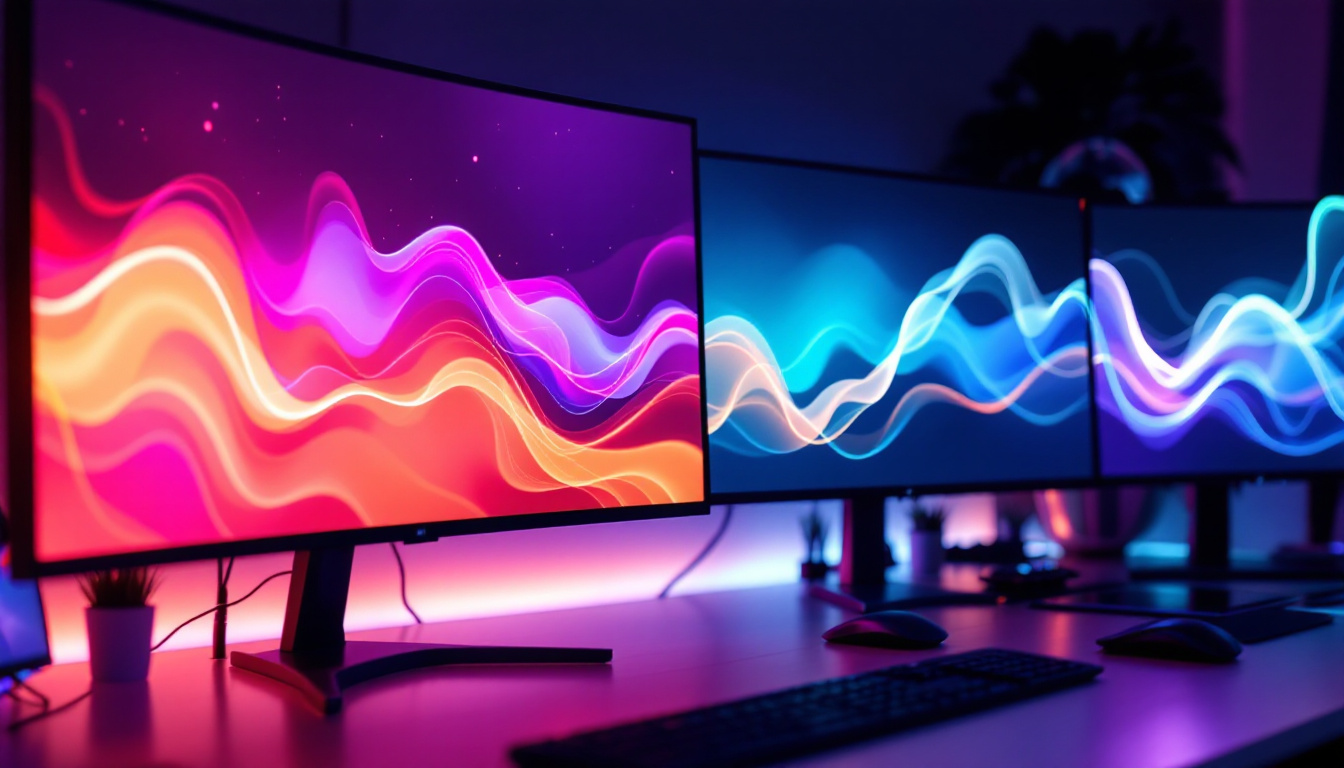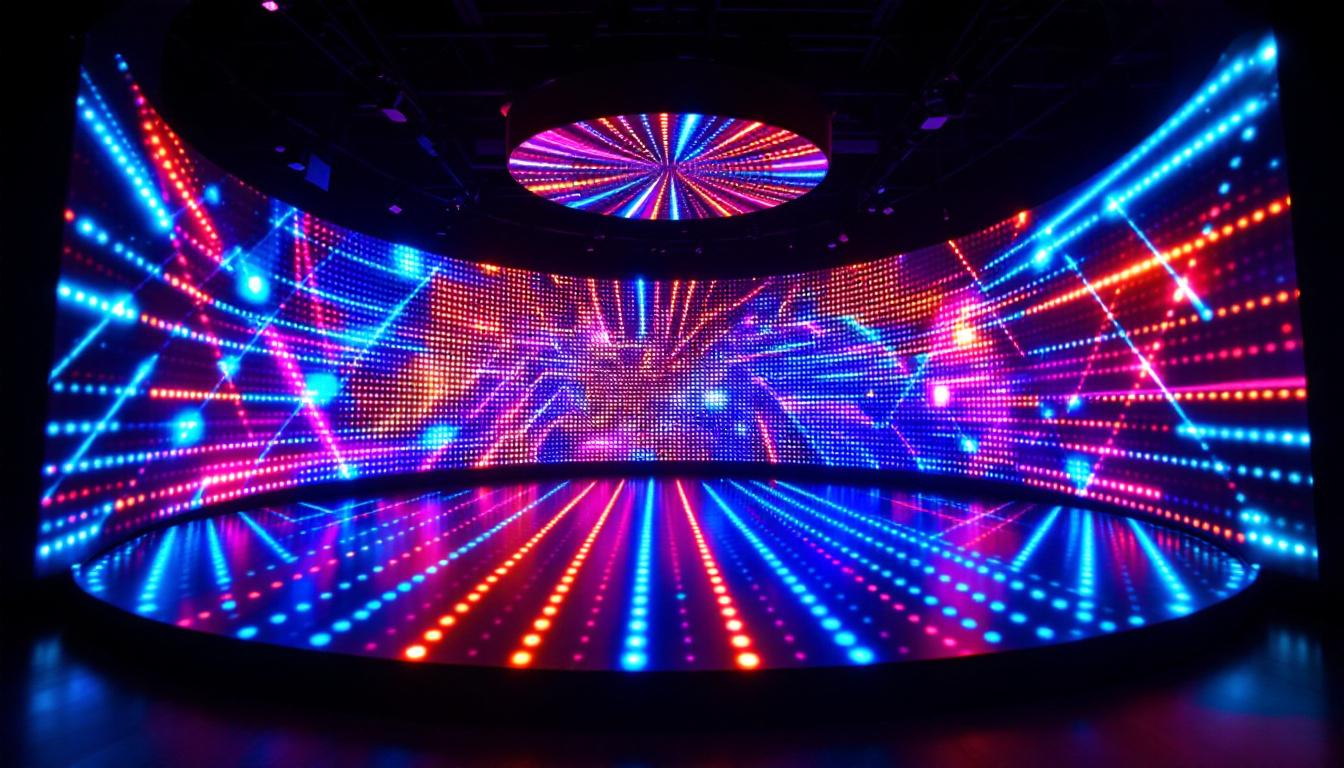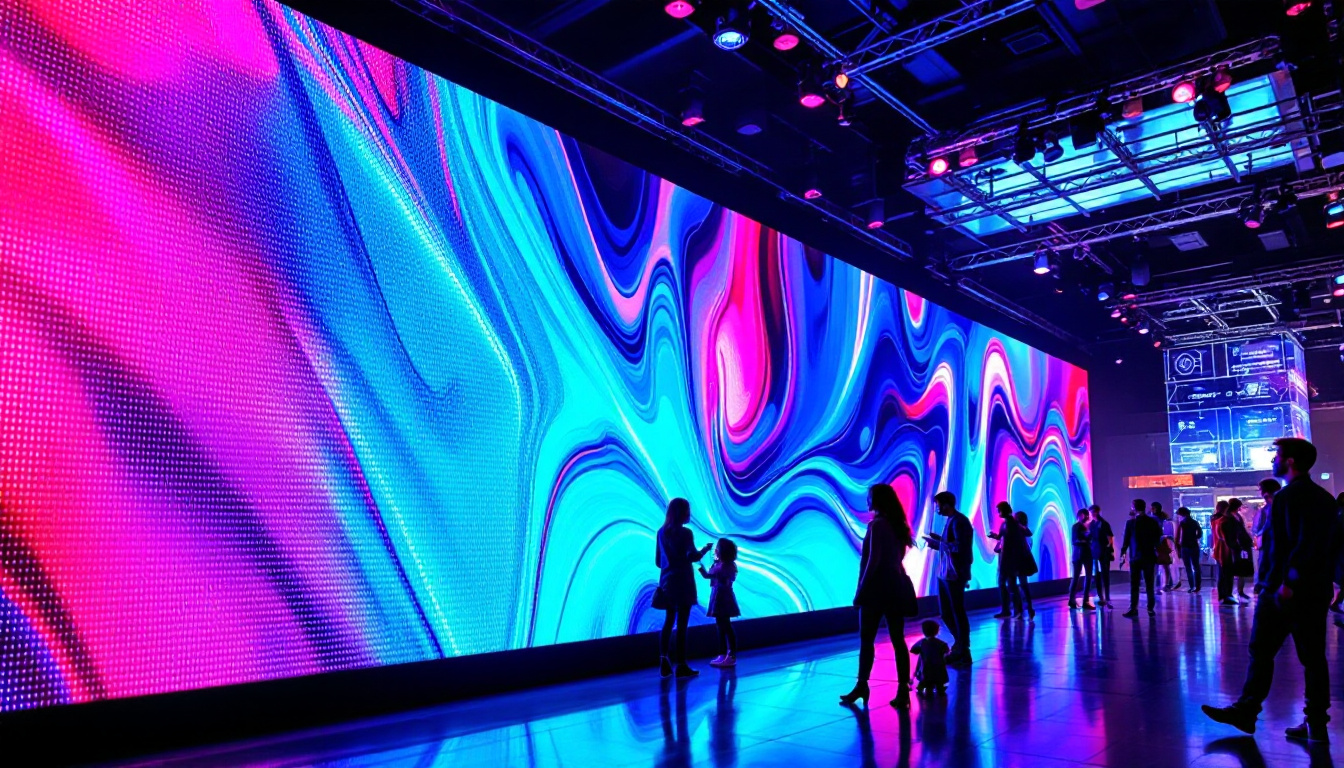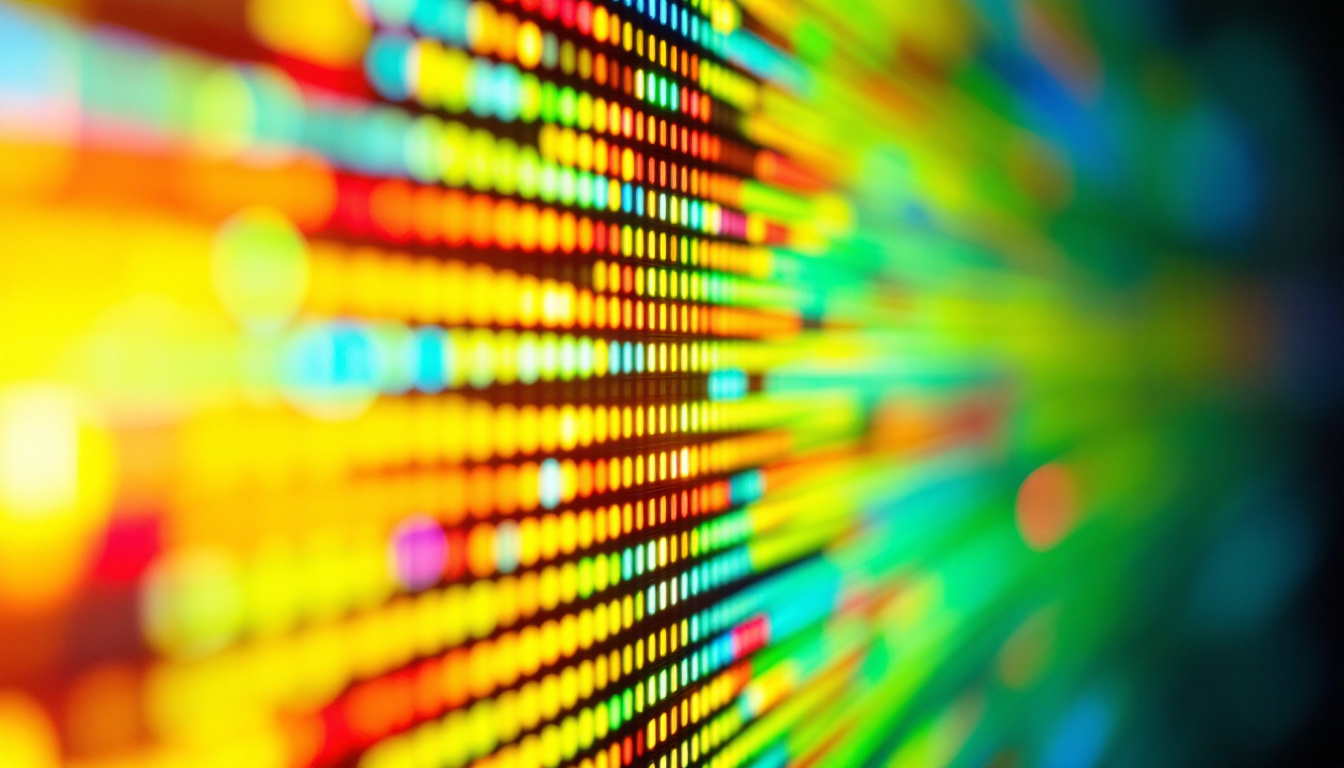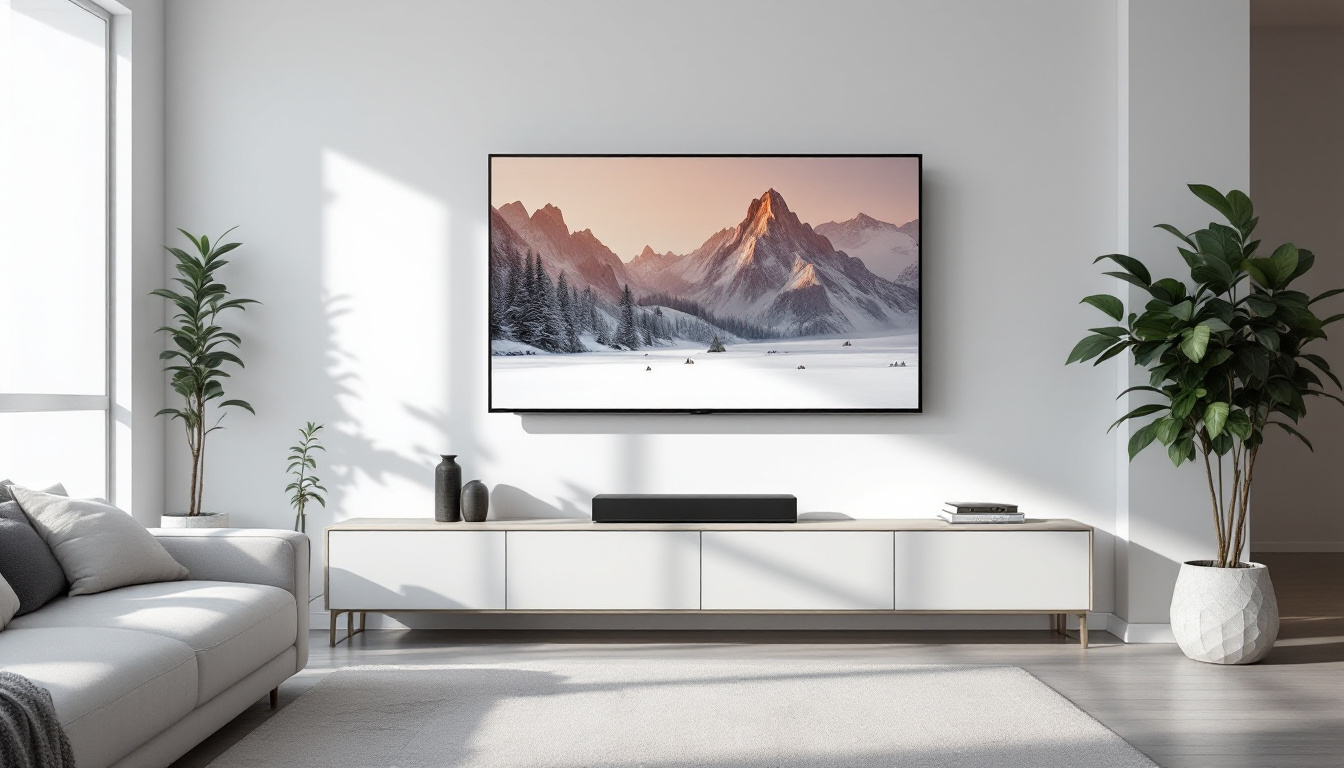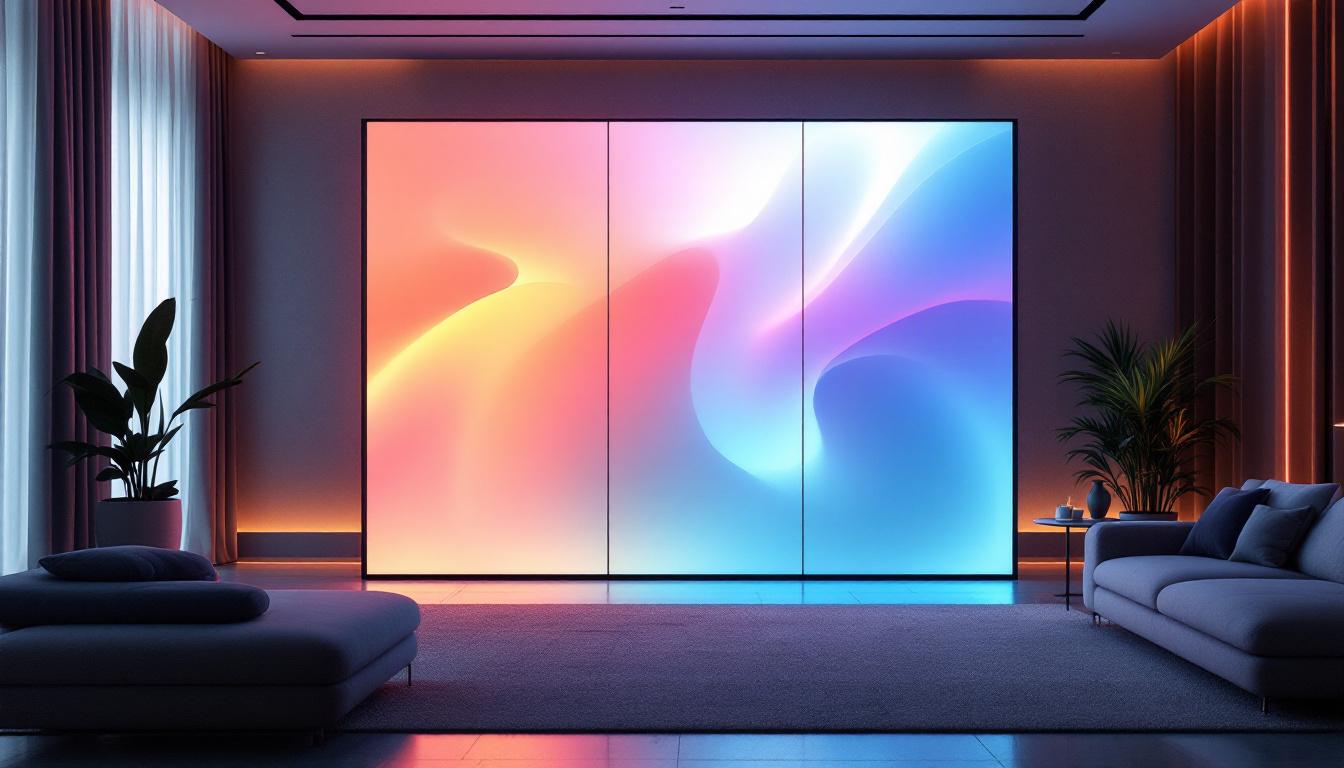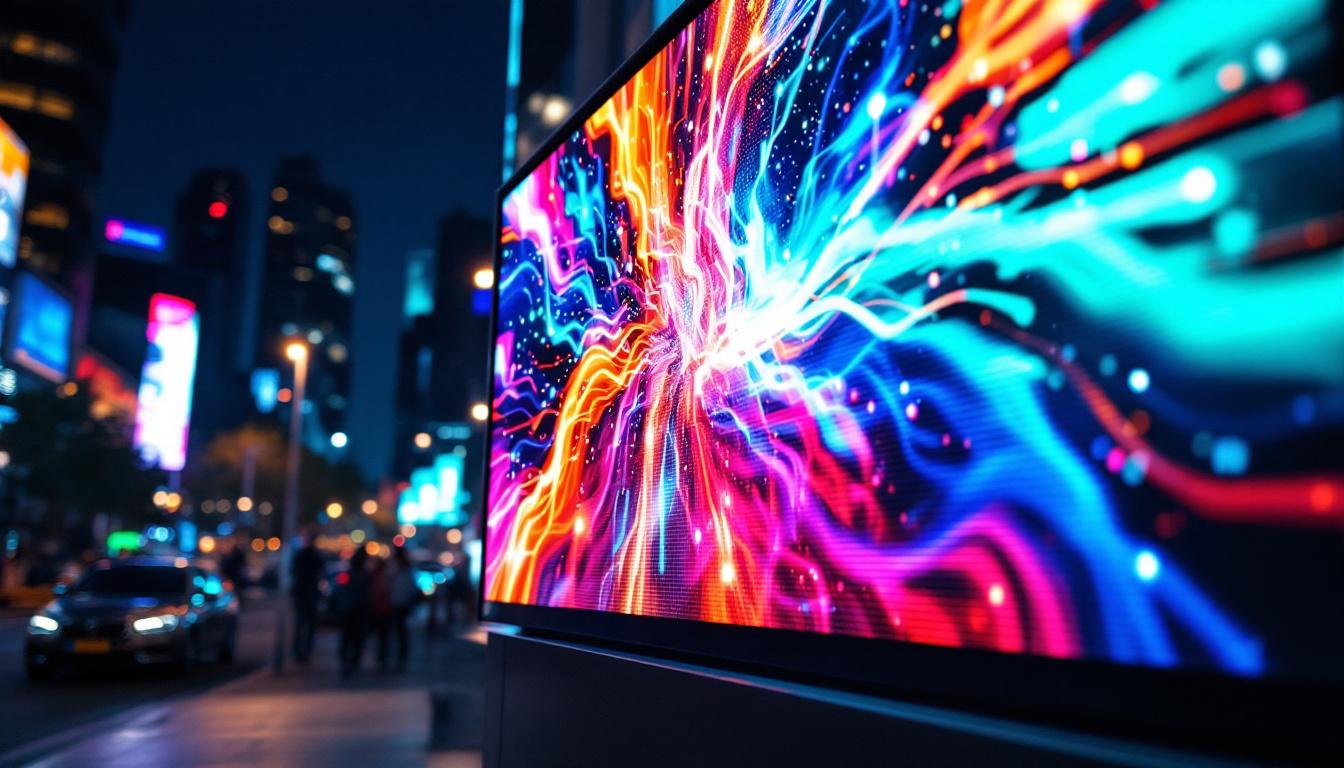Wall TV: LED Display Explained
In recent years, the evolution of television technology has led to significant advancements in display quality, design, and functionality. Among these innovations, LED displays have emerged as one of the most popular choices for wall-mounted TVs. This article delves into the intricacies of LED display technology, exploring its features, advantages, and considerations for consumers looking to enhance their viewing experience.
Understanding LED Technology
LED, or Light Emitting Diode, technology has transformed the way images are displayed on screens. Unlike traditional LCD screens that use fluorescent backlighting, LED TVs utilize an array of tiny diodes to produce light, resulting in brighter and more vibrant images. This section will break down the fundamental principles behind LED technology and how it differs from other display types.
The Basics of LED Displays
At the core of LED technology is the diode, a semiconductor device that emits light when an electric current passes through it. In LED TVs, these diodes are arranged in a grid behind the screen, allowing for precise control over brightness and color. This arrangement is what enables LED displays to achieve higher contrast ratios and deeper blacks compared to their LCD counterparts.
LED displays can be categorized into two main types: edge-lit and backlit. Edge-lit LED TVs have diodes positioned along the edges of the screen, which light up the display from the sides. This design allows for thinner screens but can result in uneven lighting. Backlit LED TVs, on the other hand, have diodes placed directly behind the screen, providing more uniform brightness and better color accuracy. The choice between these two types often depends on the user’s preference for design aesthetics versus picture quality.
Types of LED Displays
There are several variations of LED technology, each offering unique features and benefits. The most common types include:
- Standard LED: The basic form of LED technology, which provides enhanced brightness and color compared to traditional LCDs.
- QLED: Quantum Dot LED technology enhances color accuracy and brightness by using quantum dots to filter light.
- OLED: While not strictly an LED technology, OLED (Organic Light Emitting Diode) displays offer superior contrast and color depth by using organic compounds that emit light individually.
In addition to these primary types, there are also variations like Mini-LED and MicroLED technologies that are gaining popularity. Mini-LED technology utilizes smaller diodes that allow for more localized dimming zones, enhancing contrast and improving overall picture quality. MicroLED, on the other hand, represents a significant leap forward in display technology, as it consists of tiny self-emitting LEDs that can create stunning images without the need for a backlight, offering infinite contrast ratios and vibrant colors. These advancements are paving the way for even more immersive viewing experiences, making LED technology a continually evolving field.
Moreover, the impact of LED technology extends beyond just televisions; it has revolutionized various applications, including computer monitors, smartphones, and even large-scale displays used in advertising and public events. The energy efficiency of LED technology also plays a crucial role in its widespread adoption, as it consumes significantly less power than traditional display technologies, making it a more sustainable choice for consumers and businesses alike. As manufacturers continue to innovate, the future of LED technology promises even more exciting developments that will enhance our visual experiences across multiple platforms.
Advantages of LED Displays
Choosing an LED display for a wall-mounted TV comes with a host of advantages that cater to both casual viewers and avid cinephiles. Understanding these benefits can help consumers make informed decisions when selecting their next television.
Enhanced Picture Quality
One of the most significant benefits of LED displays is their ability to produce stunning picture quality. With higher brightness levels and improved contrast ratios, LED TVs can deliver vibrant colors and sharp images, making them ideal for watching movies, sports, and video games. The advanced backlighting techniques used in LED displays also contribute to better performance in various lighting conditions, ensuring a consistent viewing experience.
Energy Efficiency
LED technology is remarkably energy-efficient compared to traditional display technologies. The use of diodes means that LED TVs consume less power while providing superior brightness. This not only reduces electricity bills but also contributes to a smaller carbon footprint, making LED TVs a more environmentally friendly option.
Sleek Design and Versatility
Modern LED TVs are designed with aesthetics in mind. Their slim profiles and minimal bezels make them an attractive addition to any living space. Many models are specifically designed for wall mounting, allowing homeowners to save space and create a clean, streamlined look. Additionally, the lightweight nature of LED displays makes installation easier and more versatile.
Considerations When Choosing an LED Display
While LED displays offer numerous benefits, there are several factors to consider before making a purchase. Understanding these considerations can help consumers select the right model for their needs.
Screen Size and Viewing Distance
Choosing the right screen size is crucial for an optimal viewing experience. The size of the TV should correspond to the room’s dimensions and the distance from which viewers will watch. A general rule of thumb is to sit at a distance of 1.5 to 2.5 times the diagonal size of the screen. For example, a 55-inch TV is best viewed from a distance of approximately 6.5 to 11.5 feet.
Resolution Options
Resolution plays a significant role in image quality. LED displays come in various resolutions, including Full HD (1080p), 4K (2160p), and even 8K (4320p). Higher resolutions provide more detail and clarity, especially on larger screens. For the best viewing experience, consider the content that will be watched most frequently. Streaming services, gaming consoles, and Blu-ray players often support higher resolutions, making them ideal for those who prioritize picture quality.
Smart Features
In today’s digital age, many LED TVs come equipped with smart features that enhance functionality. These features allow users to access streaming services, browse the internet, and connect to smart home devices. When selecting an LED display, consider whether smart capabilities are essential for your viewing habits. Look for models with user-friendly interfaces and a wide range of app compatibility to maximize the entertainment experience.
Installation and Setup of Wall-Mounted LED TVs
Installing a wall-mounted LED TV can seem daunting, but with the right preparation and tools, it can be a straightforward process. Proper installation not only enhances the aesthetic appeal of a room but also ensures optimal viewing angles and safety. This section will provide a step-by-step guide to help with the installation process.
Choosing the Right Mount
The first step in installing a wall-mounted LED TV is selecting the appropriate mount. There are various types of mounts available, including fixed, tilting, and full-motion mounts. Fixed mounts hold the TV flat against the wall, while tilting mounts allow for slight adjustments to reduce glare. Full-motion mounts provide the most flexibility, enabling users to swivel and tilt the TV for the best viewing angle. Consider the room layout and viewing preferences when selecting a mount.
Preparing the Wall
Before mounting the TV, it’s essential to prepare the wall. Use a stud finder to locate the wall studs, as these provide the necessary support for the TV. Mark the desired height and position of the TV, ensuring it is at eye level when seated. Once the position is marked, drill pilot holes into the studs and attach the mounting bracket securely.
Connecting Cables and Final Setup
After the mount is securely in place, it’s time to connect the necessary cables. This includes power cables, HDMI cables, and any additional connections for sound systems or gaming consoles. To maintain a clean look, consider using cable management solutions to hide any visible wires. Finally, power on the TV and follow the on-screen instructions to complete the setup process, including connecting to Wi-Fi and configuring settings.
Maintaining Your LED Display
To ensure longevity and optimal performance, regular maintenance of an LED display is essential. Simple care routines can enhance the viewing experience and prolong the life of the television.
Cleaning the Screen
Dust and fingerprints can accumulate on the screen, affecting picture quality. To clean an LED display, use a microfiber cloth slightly dampened with water or a specialized screen cleaner. Avoid using harsh chemicals or abrasive materials, as these can damage the screen’s surface. Regular cleaning will help maintain clarity and brightness.
Updating Software
For smart LED TVs, keeping the software up to date is crucial for optimal performance. Manufacturers often release updates that enhance functionality, fix bugs, and improve security. Regularly check for updates through the TV’s settings menu to ensure the best user experience.
Checking Connections
Over time, cables can become loose or damaged, affecting performance. Periodically check all connections to ensure they are secure and functioning correctly. If issues arise, consider replacing damaged cables or consulting a professional for assistance.
Conclusion
LED display technology has revolutionized the way consumers experience television. With its superior picture quality, energy efficiency, and sleek design, wall-mounted LED TVs have become a staple in modern homes. By understanding the various types of LED displays, their advantages, and considerations for installation and maintenance, consumers can make informed decisions that enhance their viewing experience. As technology continues to evolve, LED displays will likely remain at the forefront of home entertainment, providing stunning visuals and immersive experiences for years to come.
Discover the Future of Visual Experience with LumenMatrix
Ready to elevate your home entertainment to new heights? LumenMatrix, a pioneer in LED display technology, invites you to explore our comprehensive range of LED display solutions. From the comfort of your living room to the expanse of outdoor venues, our innovative products, including Indoor and Outdoor LED Wall Displays, Vehicle LED Displays, and more, are designed to transform your visual storytelling. Experience the exceptional clarity, vibrant colors, and dynamic performance that LumenMatrix displays offer. Check out LumenMatrix LED Display Solutions today and step into a world where every image is a masterpiece.

